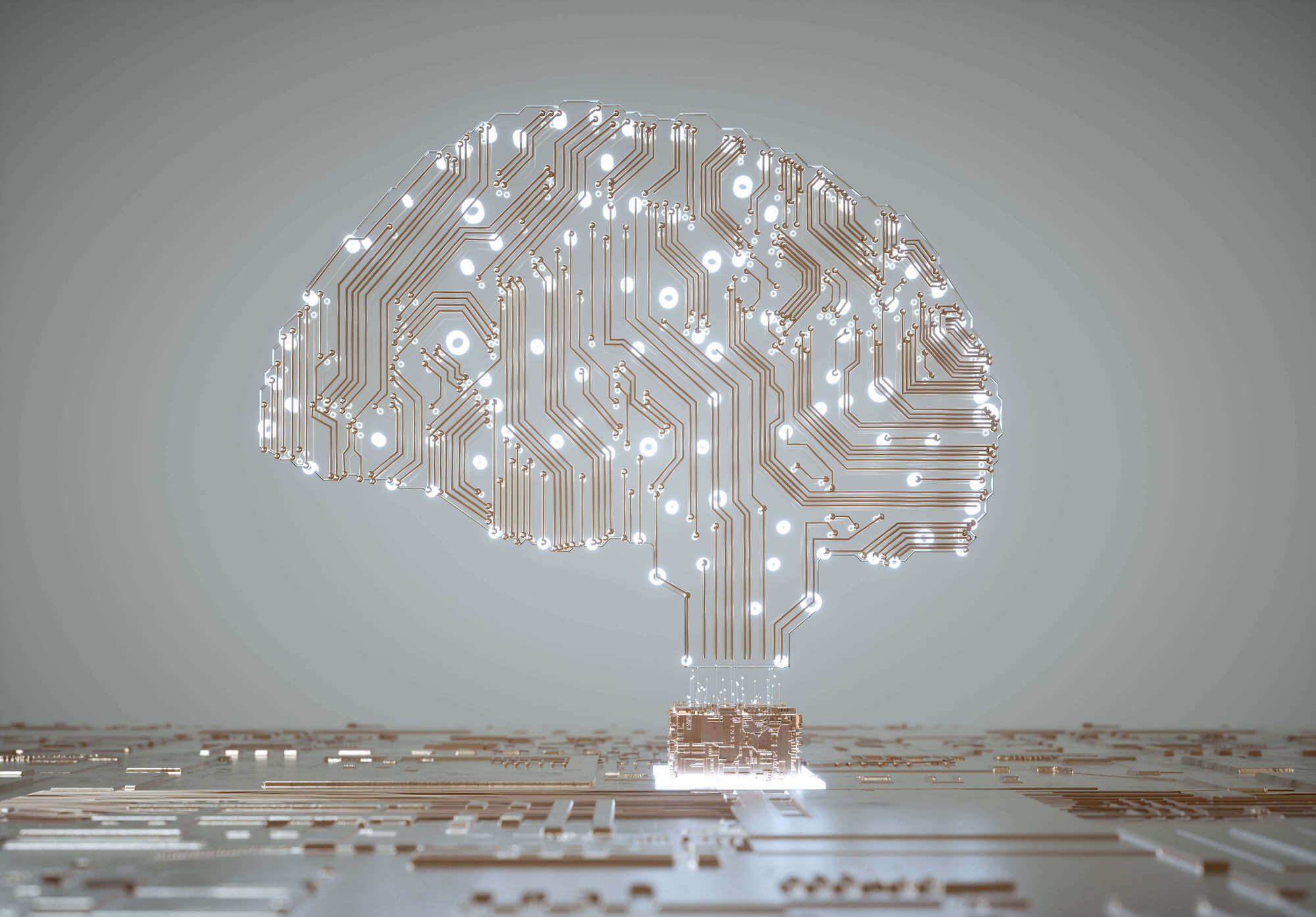Artificial Intelligence : What Business Leaders Need to Know
Smart speakers and virtual assistants use natural language processing technologies to interpret your voice commands into instructions a computer application can understand.

The simplest definition of artificial intelligence (AI) is in the literal interpretation of the term: 'Intelligence' describes its ability to replicate some of the abilities of the human brain, and 'artificial' indicates that the thinking is carried out by machines.
Put simply, artificial intelligence is the umbrella term for machines capable of perception, logic, and reasoning.
While AI is a huge term with many branches (each with potentially even more branches), most of the AI that we come across today in our daily lives fall into one of the following four branches:
Machine learning
Machine learning (ML) is the most common and familiar branch of AI. It works when data is structured (put into some sort of order defined by humans) and fed into a program which then starts identifying patterns in the data.
Some of the most exciting (and life-saving) examples have been in medicine, where scientists upload labelled medical images into a computer. The more images the machine receives, the more it 'learns' what to look for in future, in this way improving on the accuracy of machine-aided diagnosis. One existing algorithm has already been proven to predict, with 90% accuracy, cases of acute kidney injury up to 48 hours before it occurs.
Not all ML advances are as dramatic, though many have entered our lives and workspaces. For instance, ML is how:
- Streaming services like Netflix can recommend what shows you might enjoy based on the shows you have watched in the past
- Websites, portals, and social media sites, including Facebook, determine what ads your customers are most likely to respond to
- Gmail can predict what you may want to write and suggest options (today, one in 10 Gmail replies start with the suggested words 'Cool, thanks')
In Malaysia, ML is advancing the country's push towards 5G technology with initiatives such as Project SkyEye. Instead of relying on manual inspections—which is time-consuming and can be dangerous—the project uses drones to circle network towers. The drones take millions of images that are sifted through by ML software to check for anomalies. Having learnt from so many images already, the system can now even predict potential issues before breakdowns occur.
Deep learning
Just as machine learning is a branch of AI, deep learning is a highly evolved branch of machine learning. Also known as 'neural learning', deep learning strives to more closely emulate how humans use their intelligence and experience to reach conclusions and determine next steps. Deep learning is how computers will be able to eventually communicate with and 'see' as humans do, which, as the next two sections explain, is still a far off frontier.
Natural language processing
Natural language processing (NLP) strives to understand both written and spoken language, a far more complicated task than most of us comprehend. Vocabulary, the rules of grammar (often broken) and pronunciation (very limited) are only a fraction of how we use language.
There are idioms, inflexions, and body language. There is sarcasm – saying one thing and meaning the opposite. NLP still has a long way to go before it can carry out a deep conversation with us or even read a book as humans do. However, it has already provided some very smart business applications, such as customer service chatbots, real-time translation and voice-activated assistants.
Computer vision
When a website asks you to confirm that you are 'not a robot', it has you input text from a CAPTCHA image or perhaps asks you to click on photos that contain a cat. There is a reason for that: computers are notoriously bad at interpreting visual images and videos.
Computer vision aims to make machines better able to process static or moving images. Though still in the early stages, computer vision already has useful, if basic, business applications. For example, PowerPoint uses a combination of computer vision and machine learning to colour-match your slides with the hues of imported photos. As the technology matures, computer vision will be a game-changer. Self-driving vehicles, for example, will need to know the difference between stagnant objects on the sidewalk (fire hydrants, etc.), and something likely to suddenly dart into their path.
AI today
The advantages of AI and ML in business are well documented. Operationally, AI technology can increase productivity by up to 40%. It has also been shown to improve the accuracy of forecasts by 10% to 20%, lowering costs by approximately 5%.
In Malaysia, more than a quarter of organisations are using AI to improve competitiveness, efficiency and customer engagement. Potential for growth is also high, and the country is preparing to meet demand with Malaysia's first AI park. This upcoming initiative will, among other things, ensure we have the skills and infrastructure we need to be AI-ready in the future.
Like all other technologies explored in this series, AI is already changing the workplace. When MIT (Massachusetts Institute of Technology) analysed millions of job openings in the US, it found that employers are placing more value on soft skills such as creativity, intuition, communication skills, common sense and judgement.
The creation of a machine that can entirely replace human beings remains, as it has for decades, firmly in the realm of science fiction. However, human ingenuity plus artificial intelligence is proving to be the magic combination to push your organisation ahead.



